Written by Chelsea on June 20, 2015 |
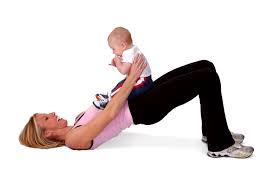 After 9 long months of undergoing various physical changes that ends with the most grueling task of all, childbirth, you may be wondering when and how you can start exercising again. While it may seem like the last thing you want to do, exercising following pregnancy can be incredibly beneficial once you are cleared by your doctor. Benefits of exercise postpartum can:
After 9 long months of undergoing various physical changes that ends with the most grueling task of all, childbirth, you may be wondering when and how you can start exercising again. While it may seem like the last thing you want to do, exercising following pregnancy can be incredibly beneficial once you are cleared by your doctor. Benefits of exercise postpartum can:
Continue Reading »
Written by Chelsea on June 5, 2015 |
 Balance is often discussed as something that people need improvements in. But what exactly does the term “balance” refer to? Our sense of balance comes from the input of 3 different sensory systems that coordinate to help us maintain stability. These three systems are the vestibular system, proprioception, and the visual system.
Balance is often discussed as something that people need improvements in. But what exactly does the term “balance” refer to? Our sense of balance comes from the input of 3 different sensory systems that coordinate to help us maintain stability. These three systems are the vestibular system, proprioception, and the visual system.
Continue Reading »
Written by Debbie on May 29, 2015 |
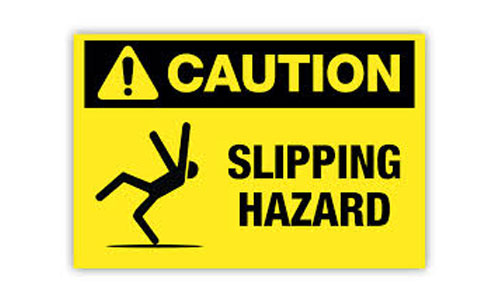
In the U.S., up to 10,000 people are seen in the emergency room daily as a result of sports related injuries. Many injuries are because of falling, or more specifically, from using an improper falling technique. Learning to fall safely may prevent painful, sometimes serious injuries. There are general principles as well as more specific to sport activities that you will find interesting and effective. Here are some important tips:
Continue Reading »
Written by Kat on March 13, 2015 |
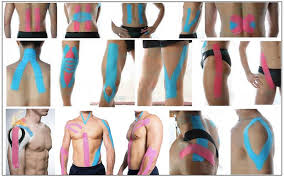
Kinesiology tape, often referred to as Kinesio Tape or KT, is a comfortable, lightweight and flexible adhesive tape that may be applied to joints, muscles, ligaments, and tendons in order to normalize muscle tone, decrease pain and inflammation, and increase range of motion, circulation, and lymph transport.
Continue Reading »
Written by Carol on March 4, 2015 |
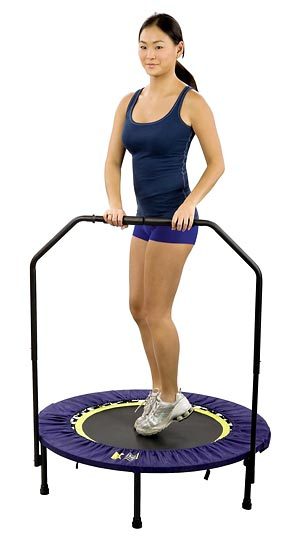
Here at ProActive we do not subscribe to a “no pain, no gain” philosophy when it comes to exercise. Exercise should be fun and more importantly, no one method is right for everyone. One of our favorite pieces of rehab equipment at ProActive is our rebounder. We use it for throwing programs, balance training, and return to running programs. But, it can also be used at home as an exercise method. In order to help astronauts returning from space, NASA did a study on reconditioning exercise. Here are some of the potential benefits when compared to treadmill training.
Continue Reading »
Written by Carol on February 26, 2015 |
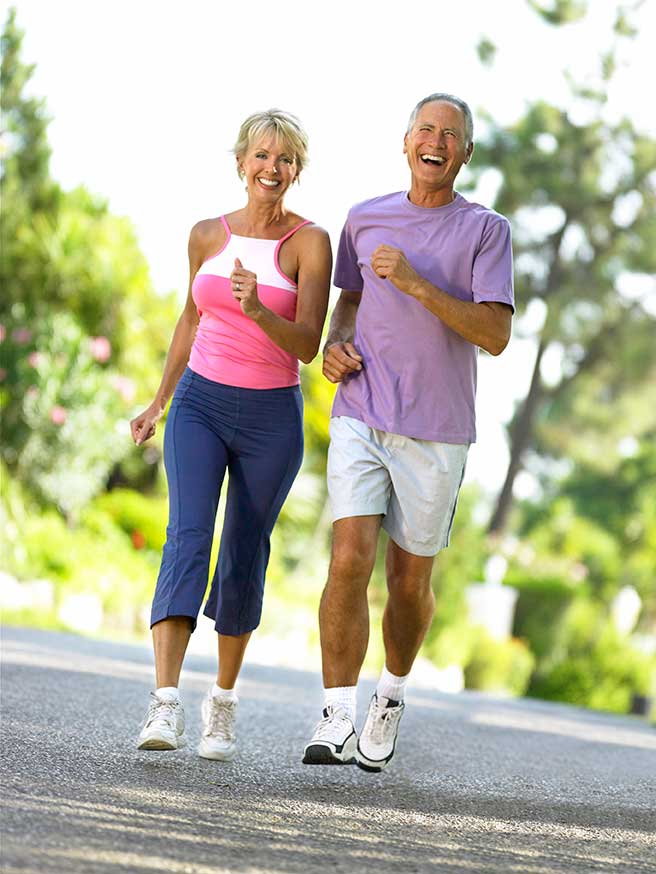
Does running a race seem too daunting? Or do you feel running for fitness is beyond your level? Well, just because walking is the most basic form of mobility, it shouldn’t be overlooked when trying to boost our activity and fitness levels. The benefits from regular walking can be lifesaving. According to the American Heart Association a regular walking routine (at least 30 mins. of brisk walking 4-7 days a week) reduces the risk for heart disease, diabetes, and stroke; increase bone density; helps control weight; and helps maintain balance and coordination.
Continue Reading »
Written by Carol on February 18, 2015 |
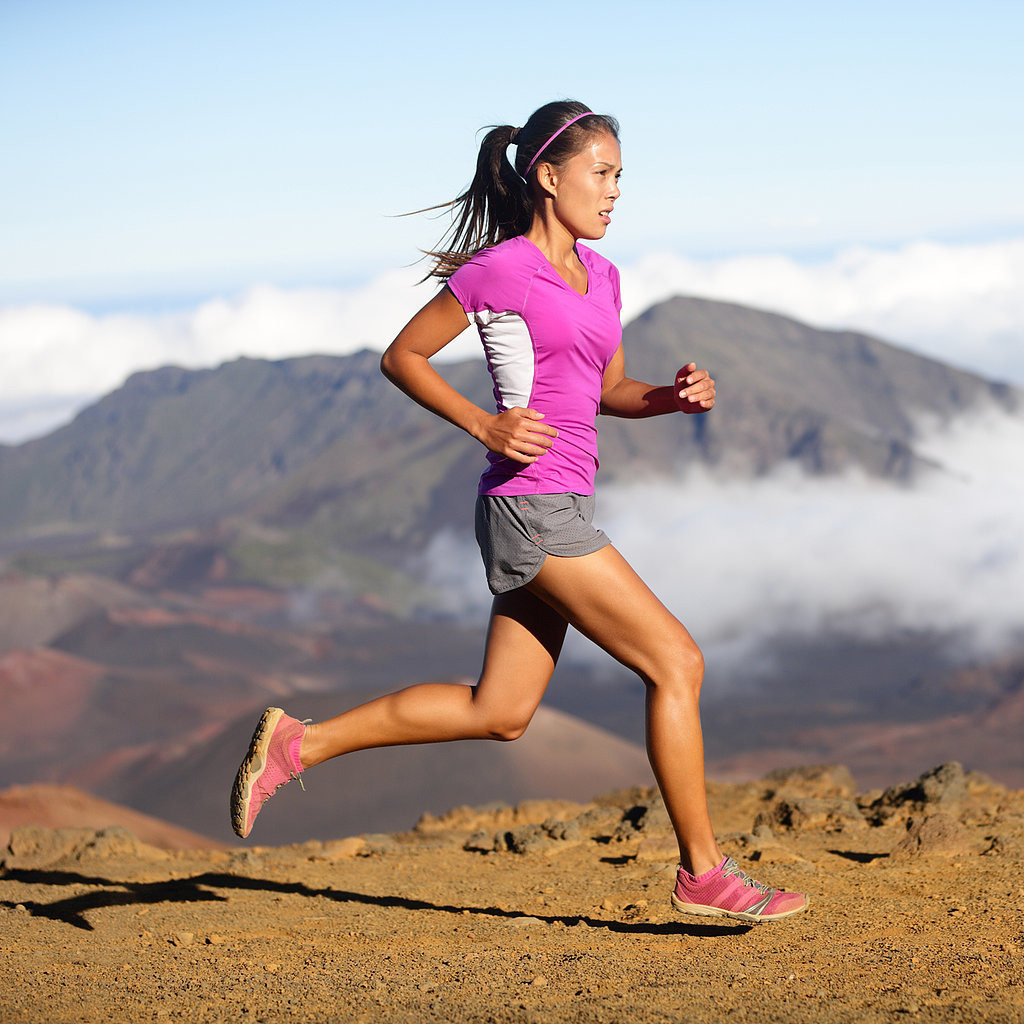
So you want to run a race in 2015 even if your running shoes haven’t seen much action? Setting a race goal can be a heart smart resolution with a big health payoff. It provides a concrete goal, and encourages consistent exercise. Here are some things to help you get started, keep at it, and cross the finish line.
Continue Reading »
Written by Carol on February 12, 2015 |
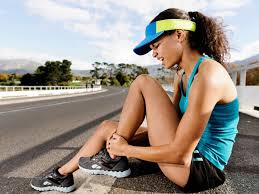 It is already 1 month into the New Year and you are still having trouble starting your New Year’s resolution to start a fitness program and get in shape….. but where to start? Becoming more physically fit is great for anyone’s health, but preventing injury while doing it is equally important. Here are a number of steps to take to get started and prevent injury.
It is already 1 month into the New Year and you are still having trouble starting your New Year’s resolution to start a fitness program and get in shape….. but where to start? Becoming more physically fit is great for anyone’s health, but preventing injury while doing it is equally important. Here are a number of steps to take to get started and prevent injury.
Continue Reading »
Written by Jon on February 6, 2015 |
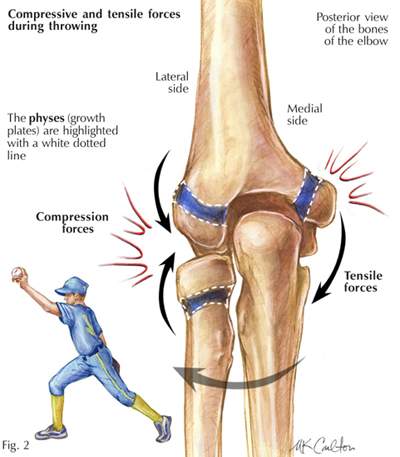
As spring approaches, so does the start of baseball season. This means a lot of throwing activities and also means many young players (ages 8-15) developing elbow pain. “Little Leaguer’s Elbow” aka medial epicondyle apophysitis is a common overuse injury associated with overhead throwing. It should be noted that other young athletes who play volleyball, tennis, and football (quarterback) can also develop this condition. Little Leaguer’s elbow is the result of repetitive stress/strain to the growth plate on the inner part of the elbow known as the medial epicondyle. With frequent overhead throwing, the growth plate can become very irritated and inflamed. Symptoms typically include pain (achy, sharp), tenderness, swelling, and stiffness along the inside of the elbow. Pain is usually worse when trying to throw the ball hard or far. Early detection is important and you should consult a doctor right away when symptoms occur.
Continue Reading »
Written by Jon on January 30, 2015 |
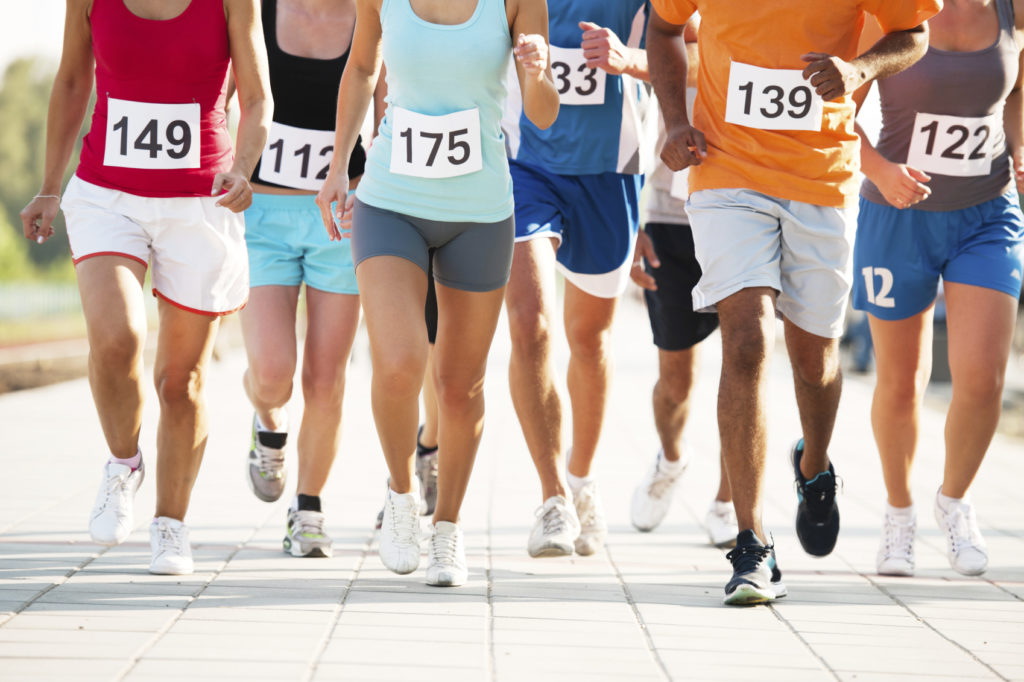
In 2015, there are 688 marathons scheduled in the United States. First-time participants as well as experienced runners will follow a fairly strict training routine in order to prepare for the big event. As race day approaches, runners will pay particular attention to their mileage, what they eat, and how much rest they get. But what about after the race? Many first time participants fail to have a post-marathon plan which may lead to delayed recovery, unnecessary injury, or decreased health. Here are some tips to make your recovery a successful one:
Immediately after the race:
- keep walking for about 10-15 minutes to allow your heart rate to gradually drop
- drink several cups of water or a sports drink to begin to rehydrate
- change into dry clothes/shoes or use a Mylar blanket to stay warm
- do some gentle stretching
- eat a small snack of simple carbohydrates (eg – fruit, energy gels/bars, bagels)
Back at your room or home:
- soak in cold bath (55-65 degrees) for 10-15 minutes
- elevate your legs to help with circulation
- wait 2-6 hours before using foam roller and 24 hours before getting a massage
- continue to rehydrate with water and/or sports drink
- eat a meal similar to your pre-race meal that includes lots of carbs and some protein
- walk again to keep your muscles loose and promote circulation/healing
The first week after the race and beyond:
- take at least a week off from running and then gradually ease back to it
- treat any injuries you may have sustained (eg -blisters, strained muscle)
- get lots of sleep
- continue walking and gentle stretching
- stay on a well-balanced diet
- nourish your immune system since it can get depressed from the race
By having a post-marathon plan in place, you can make the experience of completing a marathon a more enjoyable one!
 After 9 long months of undergoing various physical changes that ends with the most grueling task of all, childbirth, you may be wondering when and how you can start exercising again. While it may seem like the last thing you want to do, exercising following pregnancy can be incredibly beneficial once you are cleared by your doctor. Benefits of exercise postpartum can:
After 9 long months of undergoing various physical changes that ends with the most grueling task of all, childbirth, you may be wondering when and how you can start exercising again. While it may seem like the last thing you want to do, exercising following pregnancy can be incredibly beneficial once you are cleared by your doctor. Benefits of exercise postpartum can:

 Balance is often discussed as something that people need improvements in. But what exactly does the term “balance” refer to? Our sense of balance comes from the input of 3 different sensory systems that coordinate to help us maintain stability. These three systems are the vestibular system, proprioception, and the visual system.
Balance is often discussed as something that people need improvements in. But what exactly does the term “balance” refer to? Our sense of balance comes from the input of 3 different sensory systems that coordinate to help us maintain stability. These three systems are the vestibular system, proprioception, and the visual system.




 It is already 1 month into the New Year and you are still having trouble starting your New Year’s resolution to start a fitness program and get in shape….. but where to start? Becoming more physically fit is great for anyone’s health, but preventing injury while doing it is equally important. Here are a number of steps to take to get started and prevent injury.
It is already 1 month into the New Year and you are still having trouble starting your New Year’s resolution to start a fitness program and get in shape….. but where to start? Becoming more physically fit is great for anyone’s health, but preventing injury while doing it is equally important. Here are a number of steps to take to get started and prevent injury.
